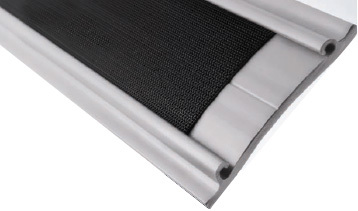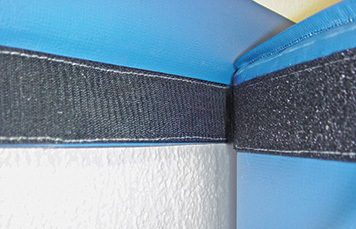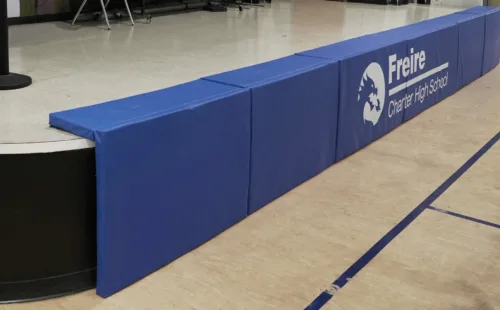Shipping
10-12 Business Days (Unprinted) 12-15 Business Days (Printed)
Gym Wall Padding
EnviroSafe®
Keep participants safe, build team spirit, and bring your gymnasium to the next level with EnviroSafe® Custom Gym Wall Padding. Read our guides below to help you make the right decisions on foam, installation options, and custom graphics.
Standard Sizes:
24" width x 60", 72", 84" or 96" heights.
2" foam thickness (total wall pad thickness is 2 1/2").
Custom sizes available.
Your selection requires a custom order. Our sales team is here to help!
Features of Custom Gym Wall Protection
Health & Safety Conscious
Two Solutions
TuffPrint™ Ready
Useful for Sensory Rooms

Reviews
Frequently Bought Together
Pole / Post Padding
Hassle-free protection. Easy to install/remove, custom made to fit your pole diameter.
Buy NowGym Stage Padding and Mats
Protect against damage and injury during multipurpose activities. Available in hinged and non-hinged options.
Buy NowGym Floor Runners
Show off your school spirit & protect high traffic areas from wear and tear with customized gym floor runners.
Buy NowGym Floor Covers
Protect your floor from undue wear and tear. Waterproof and rot resistant with options suitable for any venue.
Buy Now




















